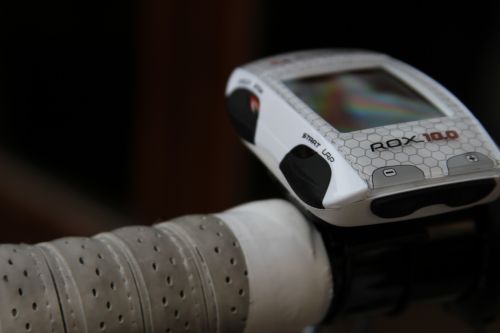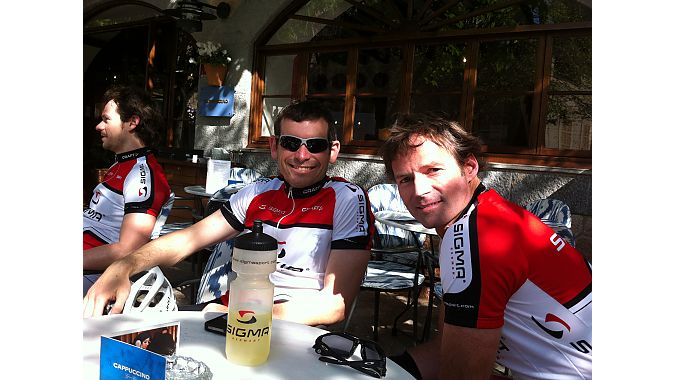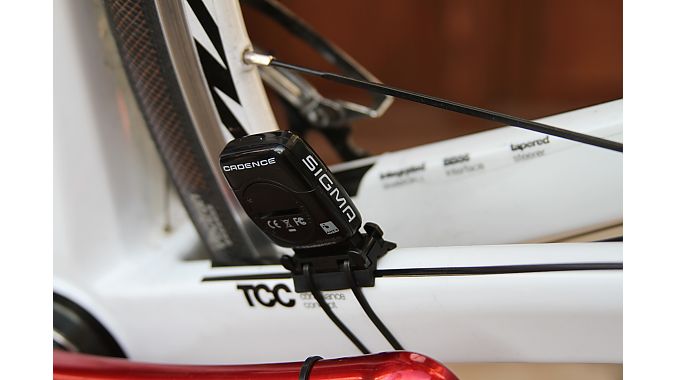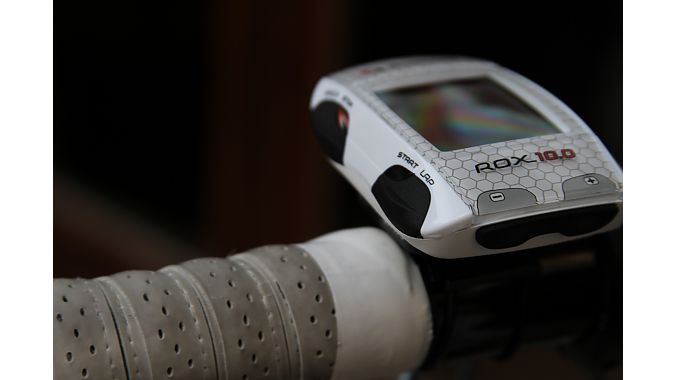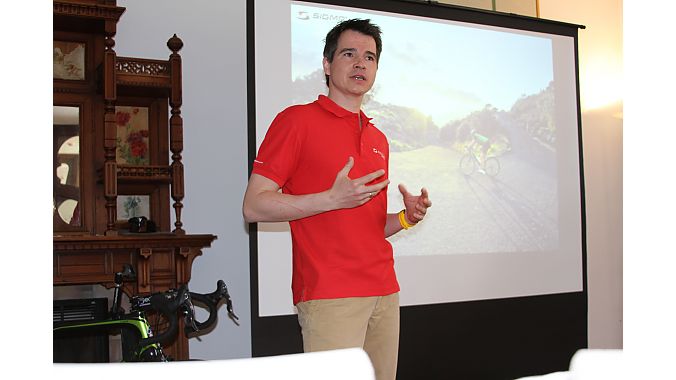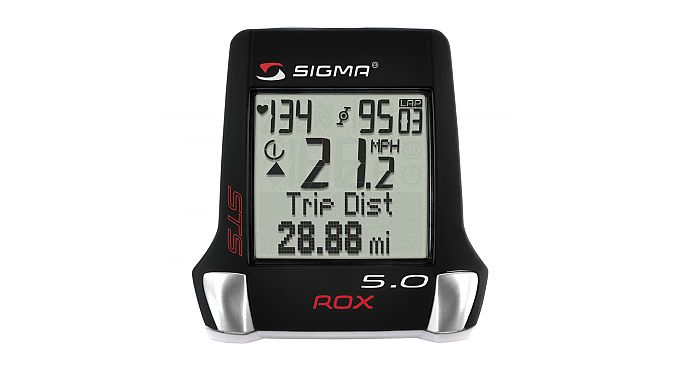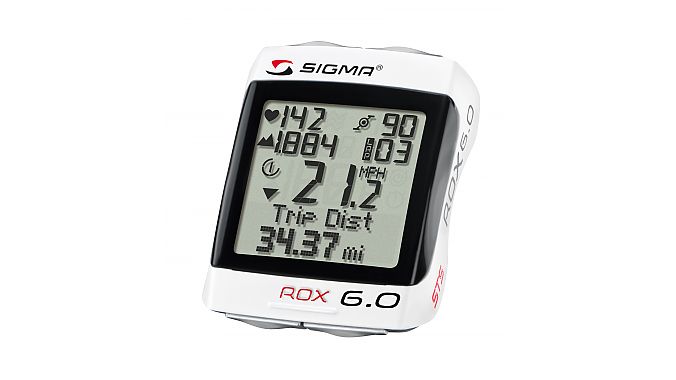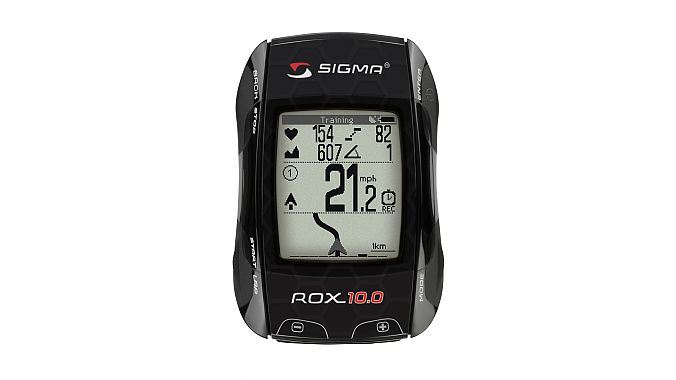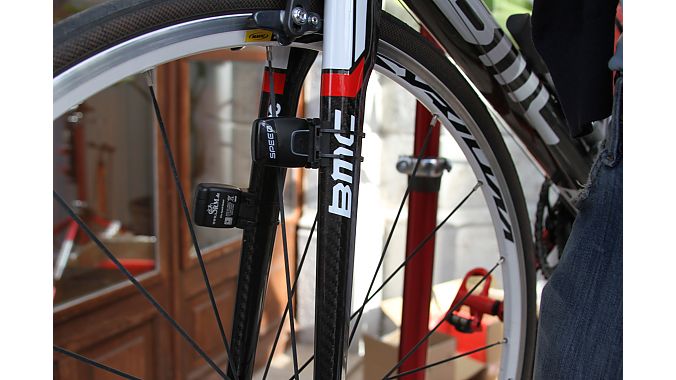MALLORCA, Spain (BRAIN) — Sigma is taking aim at the enthusiast market with its first GPS-equipped bike computer that also uses the widely adopted ANT+ protocol to read data from external sensors and power meters. It’s also offering two other computers that pack higher-end features into more affordable units across its Rox Series.
The company hosted more than a dozen journalists from Germany, France, the Netherlands, Belgium and the U.S. at a two-day product launch in Mallorca this week to debut its flagship Rox 10.0 model.
The launch was a big investment of time and money for the 30-plus-year-old family owned bike computer brand and the first time it invited journalists outside its home market to a media camp. The German company plans to follow the launch with campaigns in consumer and trade magazines as it aims to grow brand awareness and market share in the U.S., said Brian Orloff, managing director of Sigma USA.
Orloff acknowledges that Garmin has a stronghold among consumers when it comes to GPS bike computers, but he says its price tag remains a hurdle for many. At a retail price of $189.99, the Rox 10.0 Basic (without separate cadence, speed and heart rate sensors) should appeal to buyers who demand the latest technology but wince at the price. (The Rox 10.0 with ANT+ data sensors for heart rate, cadence and speed will retail for $289.99).
The Rox 10.0 lets users track where they have ridden, plan routes as well as import existing routes from other sources through Sigma’s Data Center 3, its proprietary training software program. The unit also alerts users if they’ve veered off a pre-routed track and show’s current gradient on a ride.
Orloff said that in the U.S., power measurement has become an important option to incorporate on bike computers. It’s a trend that’s being driven at least partly by new entrants into the power meter segment that are introducing lower-priced options, he said.
Sigma’s existing Rox 8.1 and 9.1 models have a built-in formula for calculating watts without an external power meter. But the Rox 10.0 is Sigma’s first offering that uses the ANT+ data transmission protocol so it can pair up with power meters currently on the market for a more accurate measurement.
In addition many new high-end bikes and frames come with integrated sensors for speed and cadence that use ANT+. The 10.0 is designed to work with these sensors.
Other features include customizable power and intensity zones for riders to set and monitor training targets.
With 87 distinct functions and a rechargeable lithium ion battery, the Rox 10.0 lets users geek out on as much data as they want, and they can download it to Sigma’s data management software (Data Center 3) via a micro USB cable.
But Sigma also wanted to trickle down some of this technology across the Rox Series range and bridge the price gap between it and its entry level Topline Series, Orloff said. So it’s also expanding the line with the Rox 5.0 and 6.0.
The Rox 5.0 offers wireless heart rate, speed and cadence, but uses Sigma’s proprietary STS protocol instead of ANT+. It has the intensity zones capability, can store up to 25 hours of data, a lap counter, temperature gauge and users can download their rides and analyze them using Sigma’s training software through an optional docking station. A wrist strap and run mode expands its utility beyond cycling. It will retail for $129.99.
The next model up, the Rox 6.0 (no cadence) and 6.0 CAD (with cadence), includes many of the same features plus altitude for $129.99 and $159.99, respectively.
The Rox 10.0 becomes available in July in black and white versions; the Rox 5.0 and 6.0 will be available at the end of May. With these additions, the higher-end Rox Series, which first launched four years ago with the Rox 8.0 and 9.0—now the 8.1 and 9.1, grows to five models.
Sigma is giving consumers a sneak peek at all three new bike computers this week at the Sea Otter Classic in Monterey. Media will also have a chance to check out the product at a VIP product launch reception Friday.

